Rome's Timeless Treasures and Shopping Delights
Discover Rome's rich history and vibrant culture on this free walking tour, featuring iconic landmarks and a taste of local shopping malls.
Time
3 Hours
Stops
9 Places
Distance
3.7 km
Colosseum
Begin your journey at the iconic Colosseum, a symbol of ancient Rome and one of the most well-preserved archaeological sites in the city.
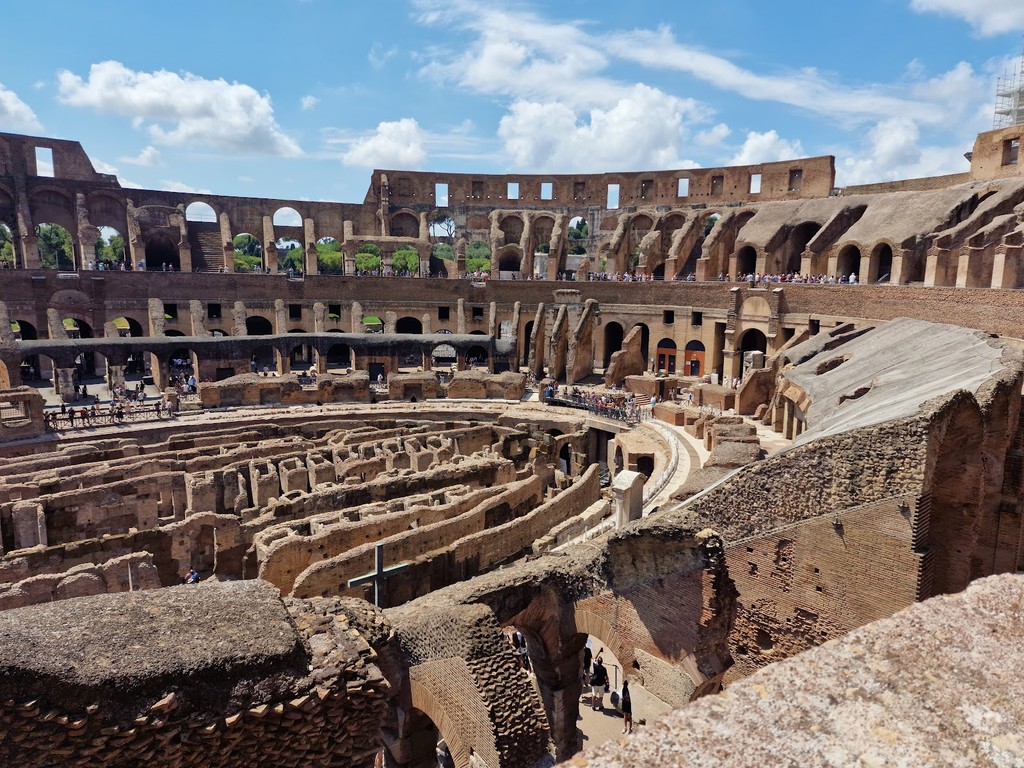
Colosseum (Source: Google Maps)
The Colosseum, an iconic symbol of ancient Rome, is one of the world's most famous structures. Completed in AD 80, it served as an arena for gladiatorial contests and public spectacles, accommodating up to 80,000 spectators. Its monumental architecture features a complex system of vaults and arches, showcasing the engineering prowess of the Roman Empire. Today, it stands as a testament to Rome's grandeur and a UNESCO World Heritage site, attracting millions of visitors each year who come to marvel at its history and significance.
Arch of Constantine
Just a short walk from the Colosseum, admire the Arch of Constantine, a triumphal arch that celebrates Constantine's victory at the Battle of Milvian Bridge.
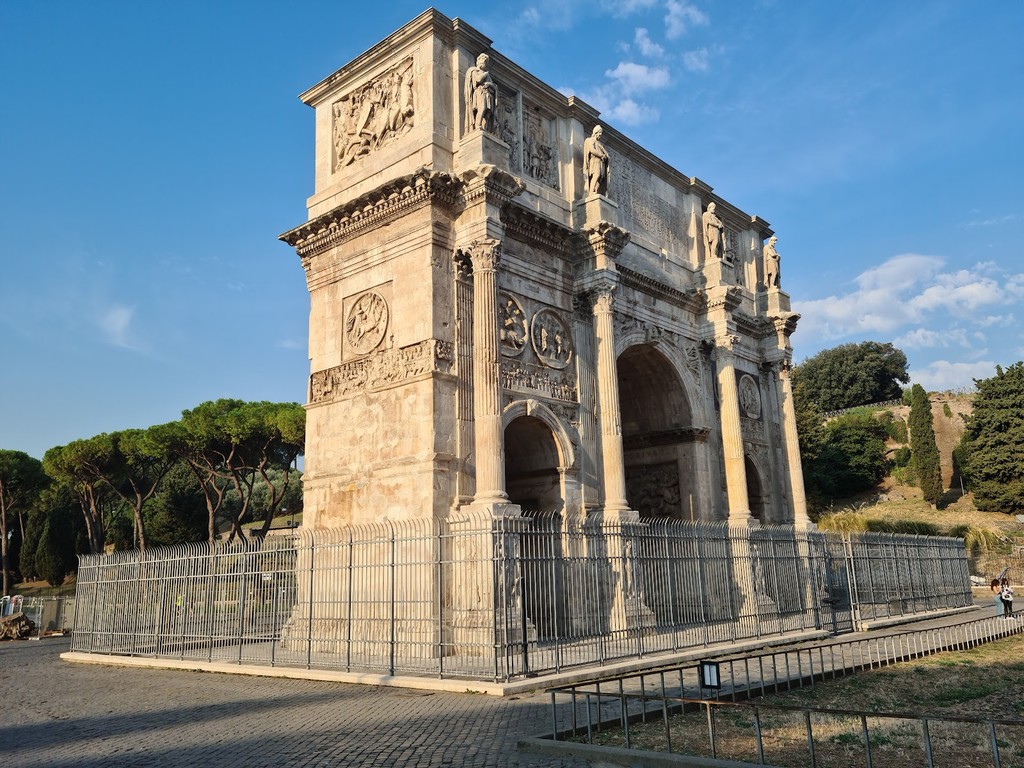
Arch of Constantine (Source: Google Maps)
The Arch of Constantine, erected in AD 315, commemorates Emperor Constantine's victory over Maxentius at the Battle of Milvian Bridge. This triumphal arch stands as a remarkable example of Roman architecture, blending elements from earlier monuments, which reflects the transition from paganism to Christianity in the Roman Empire. The arch is adorned with reliefs depicting scenes of conquest and victory, showcasing the importance of military success in Roman culture. It is strategically located near the Colosseum, serving as a reminder of Rome's imperial past and drawing visitors with its historical significance.
Roman Forum
Continue to the Roman Forum, the heart of ancient Rome, where you can explore the ruins of important government buildings and temples.
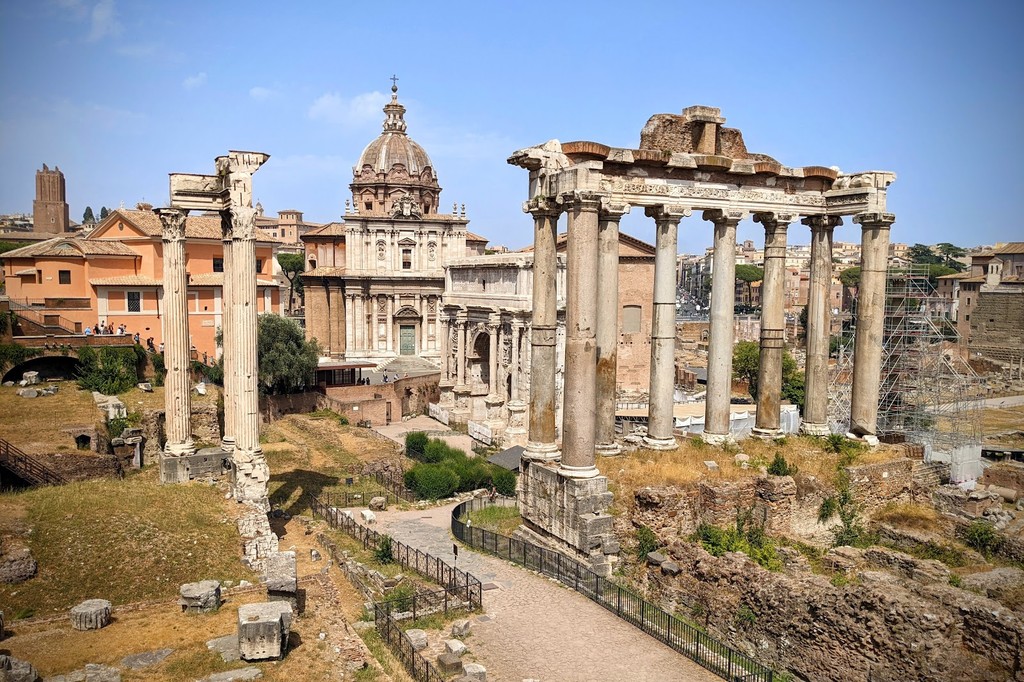
Roman Forum (Source: Google Maps)
The Roman Forum was the heartbeat of ancient Rome, serving as a public space for political, social, and economic activities. Once a bustling marketplace surrounded by important government buildings, temples, and basilicas, it reflects the grandeur of Roman civilization. Key structures include the Senate House and the Temple of Saturn, each telling a story of Rome's governance and religious practices. The Forum's ruins, which date back to the 7th century BC, offer a glimpse into the daily life of Romans and their architectural innovations, making it an essential stop for anyone interested in the history of the city.
Capitoline Hill
Head to Capitoline Hill, one of Rome's seven hills, offering fantastic views of the city and home to museums with rich collections of Roman artifacts.
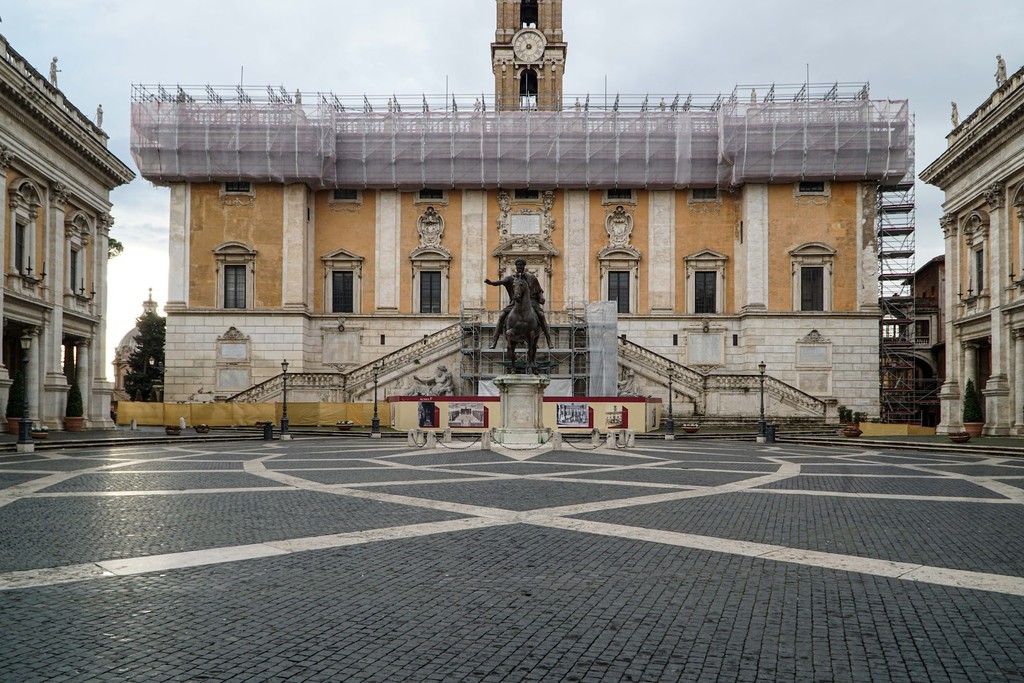
Capitoline Hill (Source: Google Maps)
Capitoline Hill, one of Rome's seven hills, holds great historical and cultural significance. It was the center of Roman religion and politics, home to the Temple of Jupiter, the most important deity in Roman mythology. Today, the hill is adorned with museums, such as the Capitoline Museums, which house a vast collection of ancient Roman artifacts, sculptures, and art. The hill offers breathtaking views of the city, making it a popular spot for visitors. The iconic Piazza del Campidoglio, designed by Michelangelo, enhances the hill's charm, blending ancient history with Renaissance artistry.
Piazza Venezia
Walk to Piazza Venezia, a bustling square notable for the grand Altare della Patria, commemorating Victor Emmanuel II, the first king of a unified Italy.
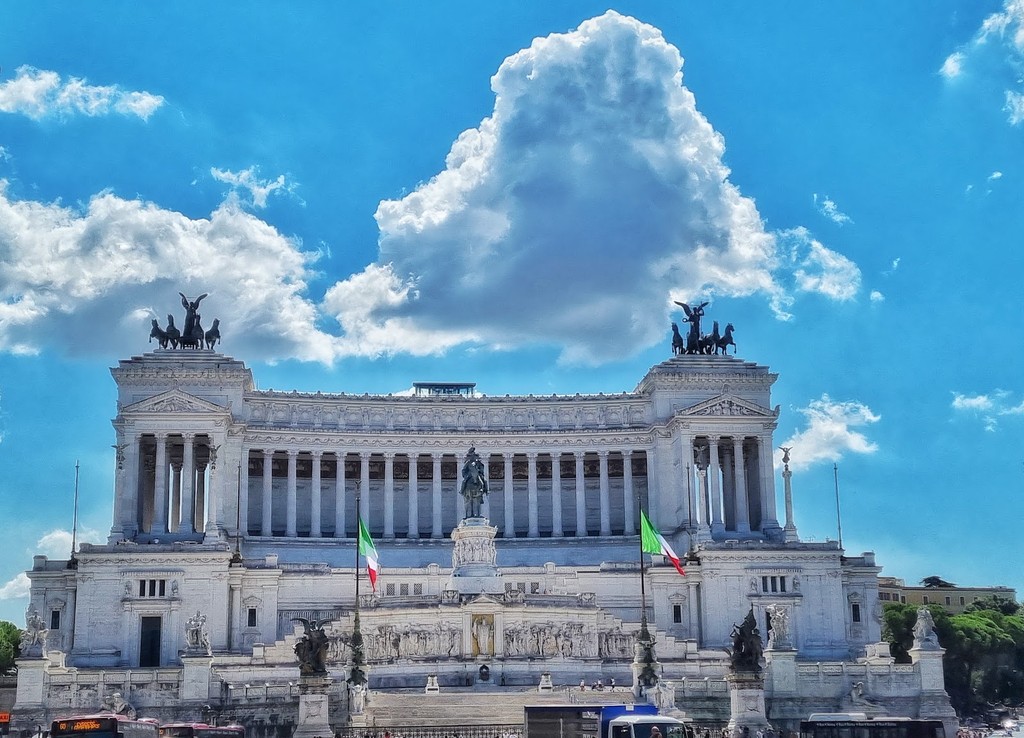
Piazza Venezia (Source: Google Maps)
Piazza Venezia is a bustling square in the heart of Rome, notable for the imposing Altare della Patria, or Altar of the Fatherland. This grand monument, dedicated to Victor Emmanuel II, the first king of a unified Italy, was completed in 1935 and is a prime example of neoclassical architecture. It features a large staircase, majestic columns, and an equestrian statue of the king. The square serves as a central hub connecting various historical sites, making it a focal point for both tourists and locals. Its strategic location and architectural beauty make it a must-visit landmark.
Enoteca Corsi
Take a break and enjoy authentic Roman cuisine at Enoteca Corsi, a charming eatery known for its traditional dishes and extensive wine selection.
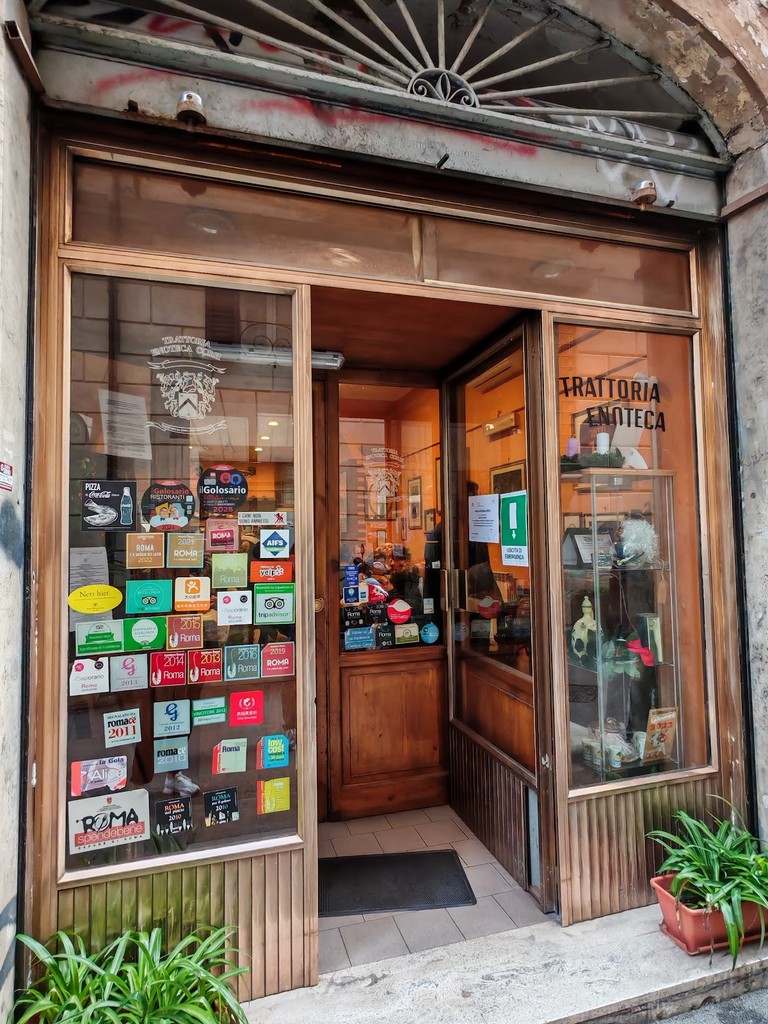
Enoteca Corsi (Source: Google Maps)
Trevi Fountain
Make your way to the Trevi Fountain, one of the most famous fountains in the world, where you can toss a coin to ensure your return to Rome.
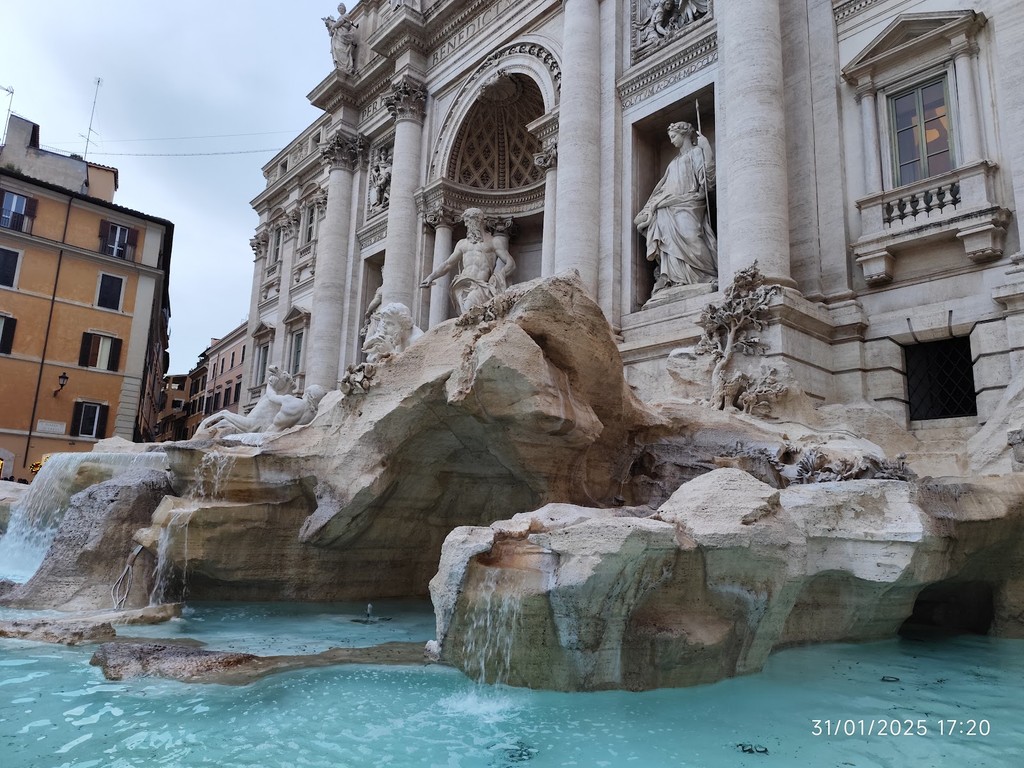
Trevi Fountain (Source: Google Maps)
The Trevi Fountain, one of the most famous fountains in the world, was completed in 1762 and is a stunning example of Baroque art. Designed by architect Nicola Salvi, the fountain features a central statue of Neptune, the god of the sea, surrounded by allegorical figures representing abundance and health. Visitors flock to the fountain to toss coins over their shoulders, a tradition believed to ensure their return to Rome. The fountain's intricate sculptures and cascading water create a mesmerizing atmosphere, making it a beloved spot for both photography and reflection on the city's beauty.
Piazza di Spagna and Spanish Steps
A short walk will lead you to the Spanish Steps, a monumental stairway of 135 steps, and the elegant Piazza di Spagna, a popular meeting place.
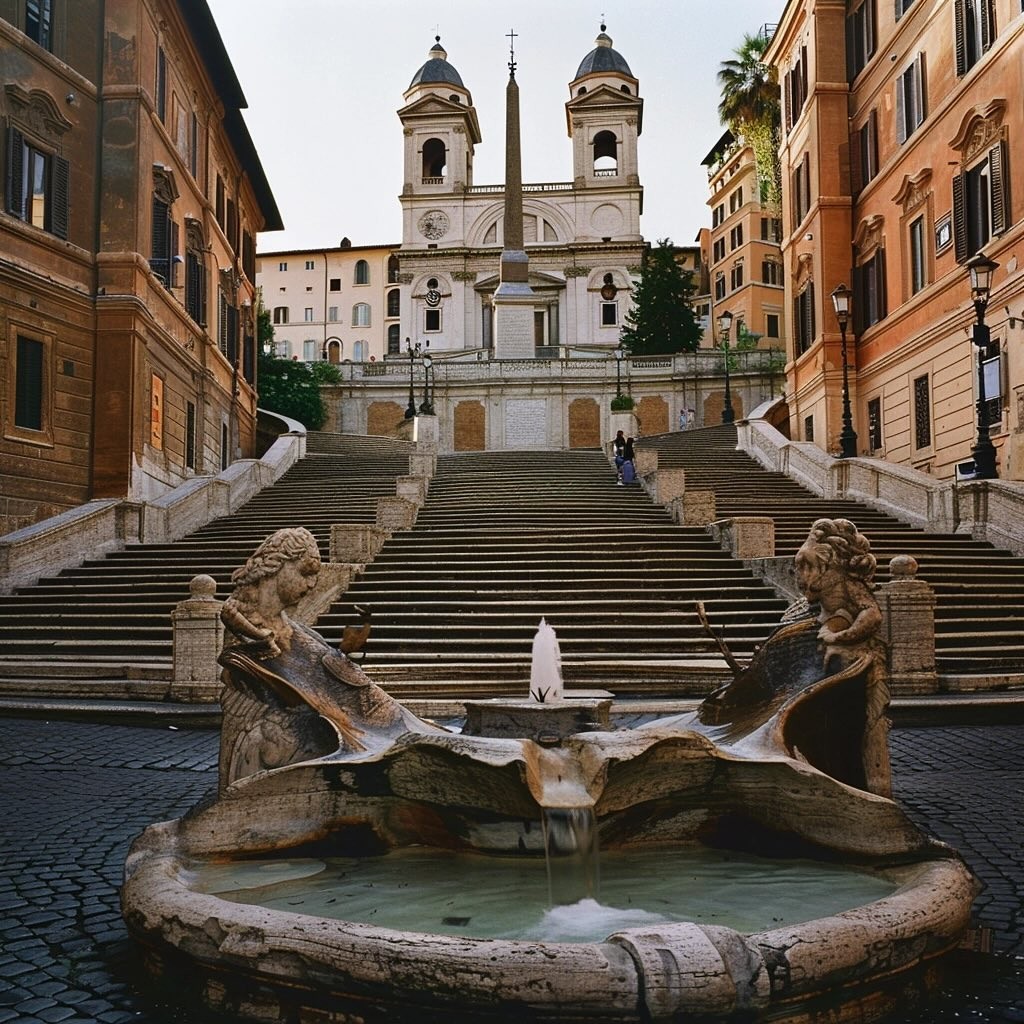
Piazza di Spagna and Spanish Steps (Source: Google Maps)
The Spanish Steps, a monumental stairway of 135 steps, connect the Piazza di Spagna with the Trinità dei Monti church. Built in the 18th century, they are a popular meeting place and a stunning example of Roman Baroque architecture. The steps are adorned with beautiful flowers in spring, creating a picturesque scene for visitors. The surrounding area is filled with high-end boutiques and cafes, making it a vibrant hub of activity. The steps have been a favorite spot for artists, writers, and tourists alike, adding to their cultural significance in the heart of Rome.
Antico Caffè Greco
Conclude your tour with a visit to Antico Caffè Greco, a historic café offering a delightful selection of coffees and pastries, perfect for a relaxing end to your walk.
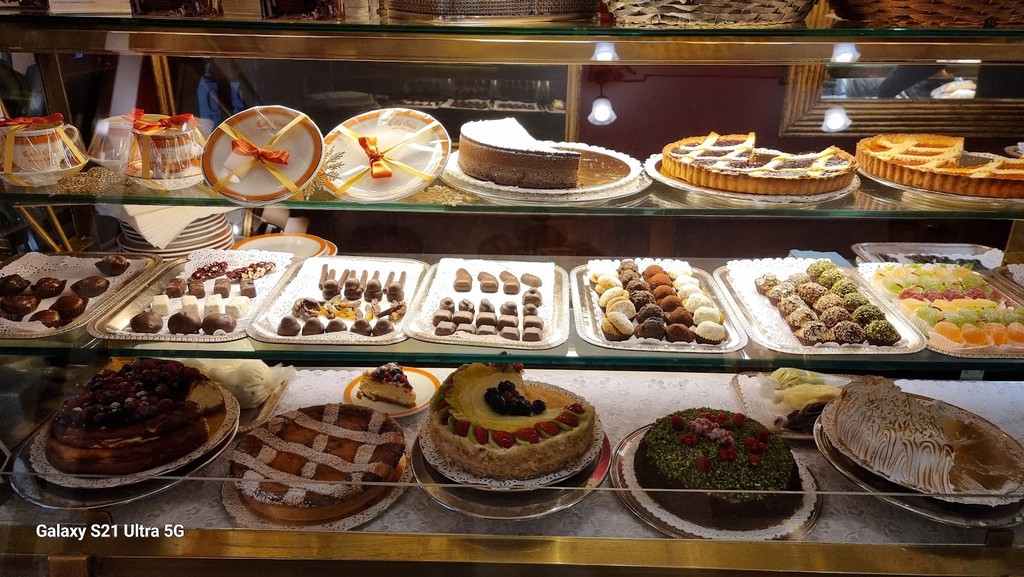
Antico Caffè Greco (Source: Google Maps)

Your travels, your rules.
Create your own Free Walking Tours.
Set your preferences, distances and anything you want to do or see.
Completely free, no payment required.